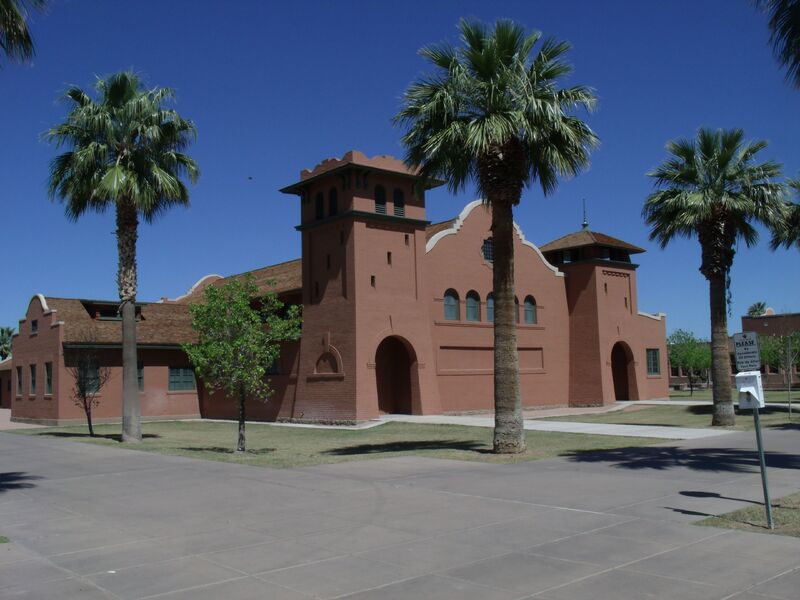
In March 1819, Congress passed the Indian Civilization Act, which placed native children into boarding schools in order to "civilize" and Christianize them.
In March 1819, Congress passed the Indian Civilization Act with the purpose of civilizing and Christianizing Native peoples in an effort to, in the words of Captain Richard Pratt, “kill the Indian and save the man.” Administrators established Indian boarding schools across the United States, designing them to assimilate Native American youth to Western culture and ideals. The National Native American Boarding School Healing Coalition explains that indigenous children at Indian boarding schools were “banned from acting in a way that might be seen to represent traditional or cultural practices, stripped of traditional clothing, long hair, personal belongings, and behaviors reflective of their Native culture. They suffered physical, sexual, cultural, spiritual abuse, neglect, and experienced treatment that in many cases constituted torture for speaking their Native languages.” These acts were covered up though, creating a false pretense of helping others due to misunderstood prejudices.
Students from these boarding schools harbored a deep resentment towards the forced assimilation. Euro-American administrators and designers hoped the education could make indigenous students give up their own cultures and think like "white" Americans, thereby "becoming" "white." However, students realized they controlled whether or not the schools could truly indoctrinate them with white culture. Many student actions and behaviors sent a message that they could not, and would not, participate in the genocide of their culture. The success of their resistance is primarily attributed to their ability and desire to band together to preserve cultural identity, which was a common practice in most native tribes; the freedom of community was placed above freedom of the individual.
Dodésbaáh was one of many thousands of young children who endured trauma at the Phoenix Indian Boarding School, fought the system, and survived. She endured physical, mental, and emotional abuse at the hands at teachers and administrators. She determinedly retained her Navajo language and name, refusing to accept the name of "Sadie" the school attempted to force on her. She frequently ran away from the boarding school, and her overall defiance landed her in constant trouble with school authorities. When she had children of her own, she refused to send them to experience the same pain and suffering she did as a young girl. Dodésbaáh passed away in 2001 at the age of 100, surrounded by four generations of descendants. Her strong spirit and the importance of family, religion, tradition, and culture were in the room with her as she looked into the eyes of her posterity.
The attempted cultural genocide of indigenous peoples and the mission of federal boarding school systems failed. The strength of Native peoples who resisted forced assimilation continues today as they fight for land rights, water rights, and the right to retain their culture, identity, and history. The spirit of Native communities is laced with a distinctive beauty that encourages those who hold a deep sense of pride in their Native heritage to maintain a legacy of embracing their heritage and unified strength.
Images



